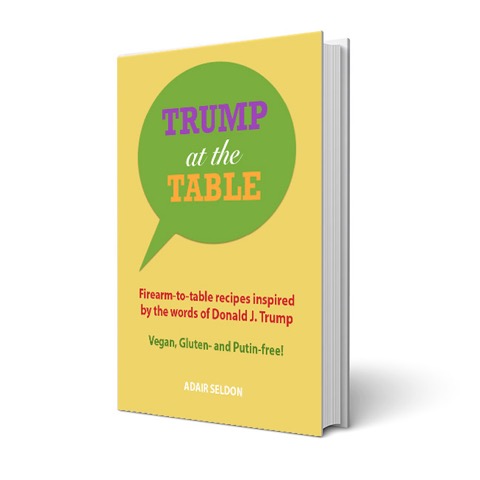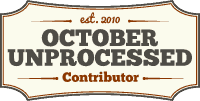
The Memory
When I was growing up in Dallas, every year my dad ordered the Deluxe Fruitcake from Collin Street Bakery in Corsicana, Texas to give as holiday gifts. Collin Street was—and still is—the reigning fruitcake empire, and you could only get their fruitcakes via mail order. My proud papa was on the fruitcake forefront—in the know about this company in a little town in Texas that sent thousands of fruitcakes to people all over the world. Every December, like clockwork, a cake would be sent to his secretary, business cronies and relatives in New York. And of course, we’d get one too.
Most people love them or hate them, but I am that rare bird who straddles the fruitcake fence. I always liked the cake and nut part. Dense with Texas pecans, what’s not to like? The red and green parts were the gray areas. I wasn’t sure what to make of them. At first, I’d simply eat around them. Then I’d dip my teeth into the shallow end of the fruit reservoir, trying to talk myself into taking the plunge. Finally I’d dive in, distrustfully chewing the red and green U.F.O.s (Unidentified Fruity Objects), in an attempt to brainwash myself into thinking they were good. Collin Street's cakes were good, as far as fruitcake goes.

Today the bakery ships to 196 countries, and they sell about 3 million pounds of fruitcake a year, or roughly 1.5 million individual cakes. That fruitcake wasn't cheap back then, and they cost a pretty penny now. You can still only buy them through mail order, but the bakery has expanded to another store in Corsicana and one in Waco.
The Interruption
Instead of riding off into the red and green sunset ensconced in the sweet air of yesteryear, I saw storm clouds on the horizon. This is what I read on the Collin Street Bakery web site:
Our world-famous DeLuxe® Fruitcake has been a favorite since 1896 — still baked faithfully to our original recipe.
Then I dug a little deeper and found this:
Ingredients: pecans, cherries, corn syrup, sugar, flour, pine-apple, raisins, eggs, invert sugar, honey, liquid soybean oil & hydrogenated soybean oil, papaya, water, high fructose corn syrup, corn syrup solids, orange peel, natural and artificial flavor, sulphur dioxide, red #40, blue #1, tumeric (color)
Hmmm. All these modern, industrialized “food” ingredients in 1896? I decided to do a little research in order to set the historical record straight. Here are a few of my distilled findings:
Hydrogenated Oil
In 1901, a German chemist named Wilhelm Normann introduced the hydrogenation of fats, creating what later became known as trans fats. He acquired a German patent in 1902, and in 1909 Procter & Gamble acquired the US rights to his patent. In 1911 they began marketing Crisco. This invention of adding hydrogen atoms to food had a profound influence on the production of margarine and vegetable shortening, enabling a longer shelf life.
High Fructose Corn Syrup
Since corn naturally has glucose, not fructose, in 1957 researchers created an enzyme called glucose isomerase that rearranged the composition of glucose in corn syrup and made it into fructose. It turned a mildly sweet corn syrup into the highly sweet high fructose corn syrup. It was first produced on an industrial scale in the 1970s.
Food Coloring
Seven dyes were initially approved under the Pure Food and Drug Act of 1906, but several have been delisted and replacements have been found. In 1938, the Food, Drug, and Cosmetics (FD&C) Act approved 15 dyes for use in food, drugs, and cosmetics and assigned color numbers instead of their common names. As of 2007, there are seven artificial colorings permitted in food: FD&C Blue No. 1, FD&C Blue No. 2, FD&C Green No. 3, FD&C Red No. 40, FD&C Red No. 3, FD&C Yellow No. 5, and FD&C Yellow No. 6. (Yellow 5, 6 and Red 40 contain compounds that have been linked with cancer.)
So it’s not exactly baked faithfully to their original recipe, but it’s close. Kind of like me riding off into the red #40 and blue #1 sunset is close.





































